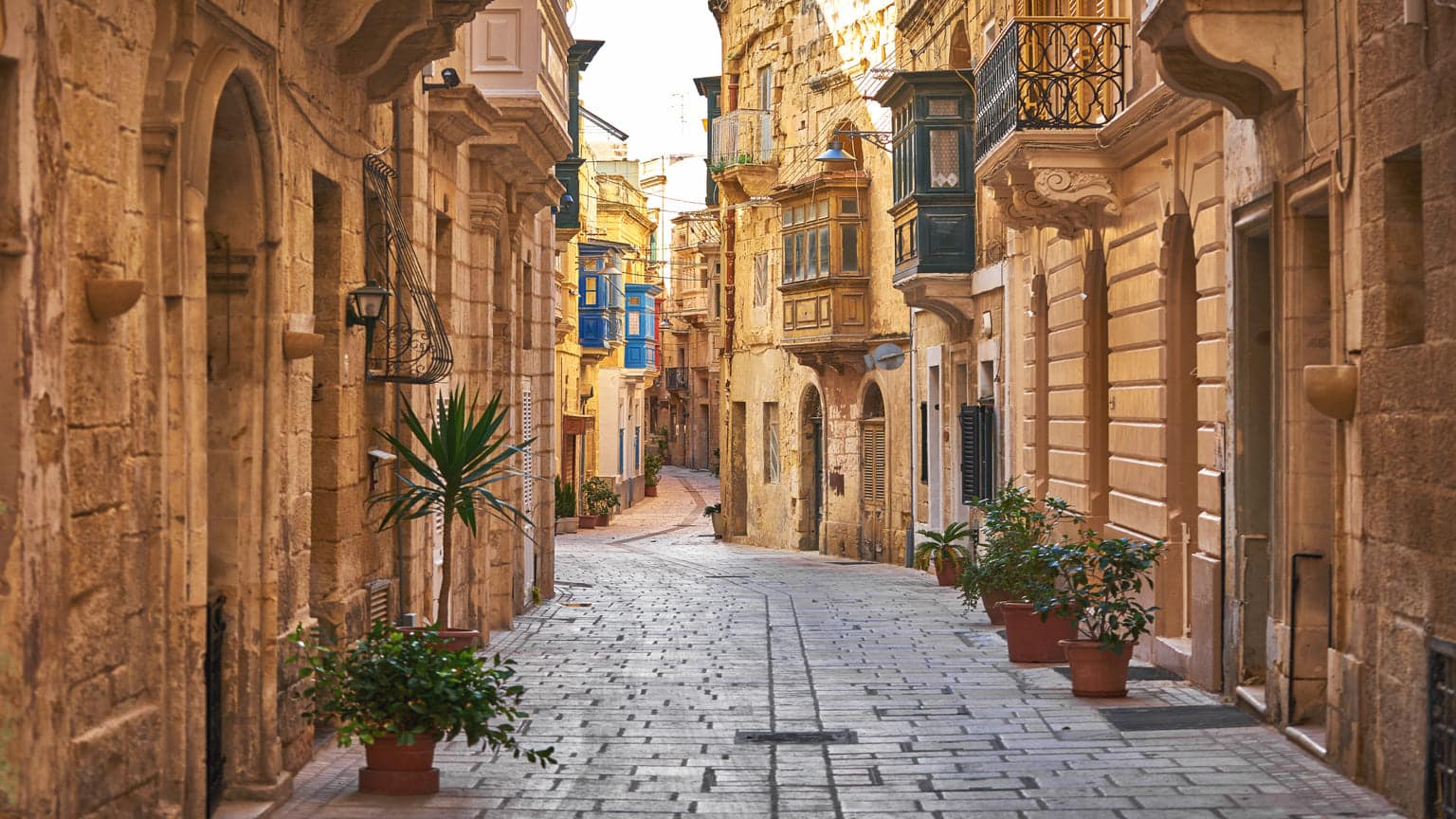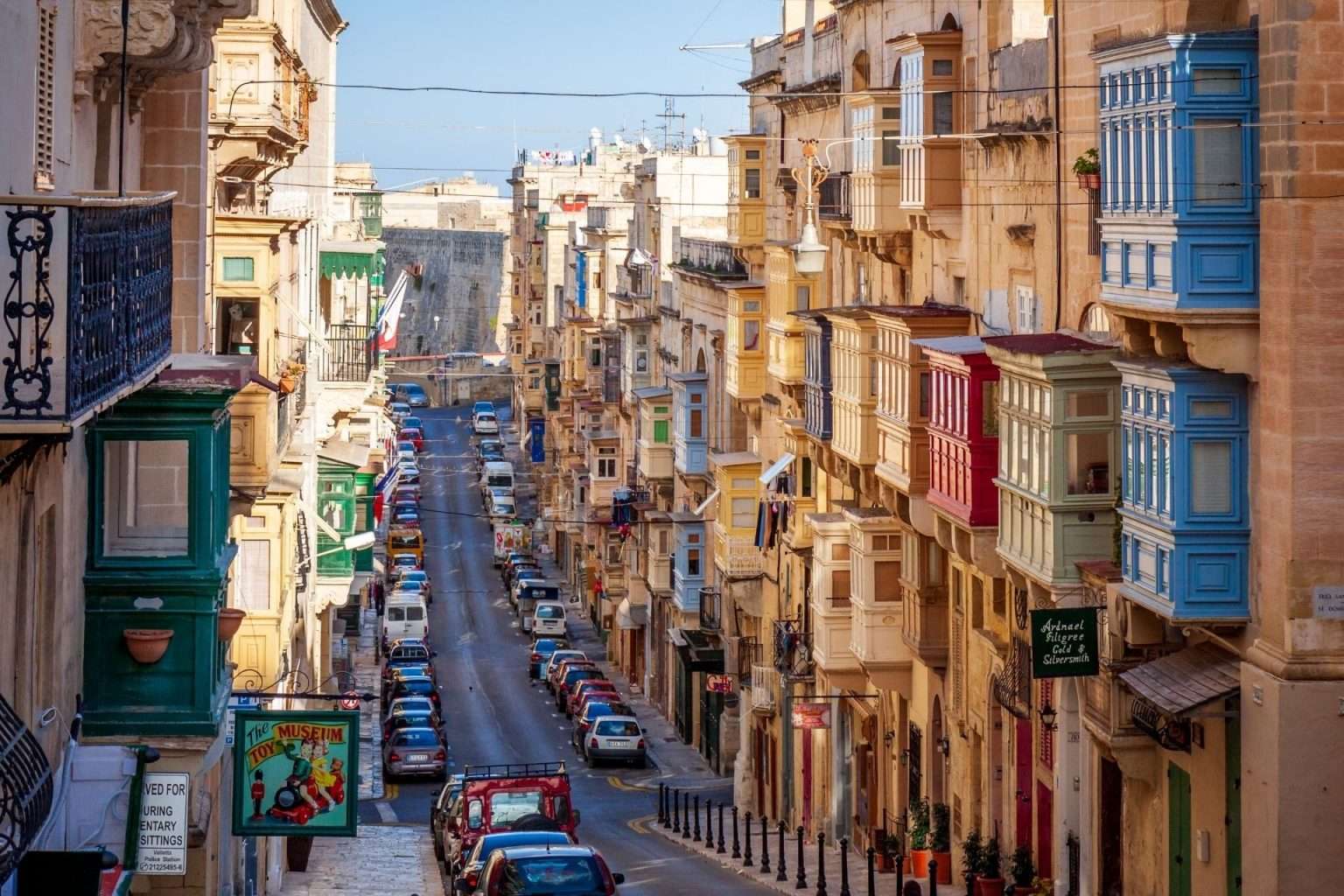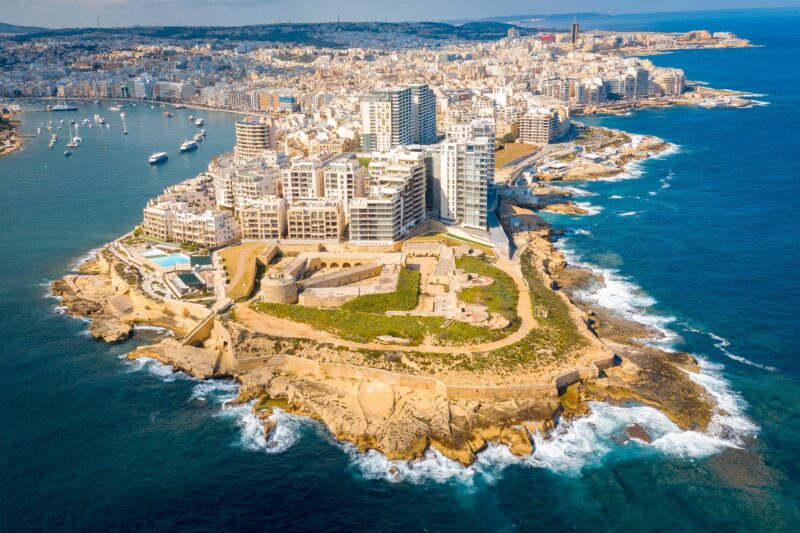Malta, a jewel in the Mediterranean, has carved out a reputation as a sought-after destination for homeowners and investors alike. But as the allure of its stunning coastlines and rich history continues to draw attention, prospective buyers often find themselves grappling with a pressing question: Are property prices in Malta really that high? With stunning views, vibrant culture, and a burgeoning economy, it’s no wonder that the real estate market here is buzzing.
However, beneath the surface of these eye-catching price tags lies a complex web of factors driving demand—foreign investment, limited supply, and regulatory nuances, to name a few. As we delve deeper into the Maltese property market, we’ll dissect the trends, explore what influences these prices, and analyze whether they align with the true value of this Mediterranean paradise.
Join us as we break it down and uncover the realities of property investment in Malta.
A Snapshot of Current Property Prices in Malta

As of late 2023, property prices in Malta have shown remarkable resilience, navigating a landscape marked by fluctuating demand and economic shifts. In urban hotspots like Valletta and Sliema, average prices for a two-bedroom apartment can soar to upwards of €350,000, a stark contrast to more rural areas where values might hover around €200,000.
Notably, the allure of Maltas stunning coastline and vibrant culture continues to attract both locals and international investors, fueling competition and driving prices higher. However, with new developments on the rise and rental yields staying appealing, some experts suggest that the market could stabilize in the coming years.
So, is this a bubble ready to burst, or is the high price simply a reflection of Malta’s desirability in an increasingly globalized world? The answer may lie in understanding the balance between local demand and international interest.
Factors Driving Property Prices Upward

Several intertwined factors contribute to the upward pressure on property prices in Malta, a small archipelago that has increasingly captured international attention. First and foremost, the islands limited land supply is a significant constraint, as its geographic boundaries restrict the availability of new real estate developments.
This scarcity is coupled with a burgeoning demand from foreign buyers, drawn by Maltas favorable tax regime and burgeoning expatriate community. Moreover, the rapid growth of the digital nomad scene has catalyzed a race for prime locations, driving prices even higher as investors seek lucrative options in a thriving market.
Additionally, the local economys resilience, bolstered by sectors like tourism and technology, has enhanced buyer confidence, fuelling a competitive real estate atmosphere. As a result, these elements converge, creating a dynamic landscape where property prices are not just high but continually escalating, making the question of affordability ever more pressing for residents.
Comparative Analysis: Malta vs. Other Mediterranean Markets
When considering property prices in Malta, it becomes essential to compare these figures with other Mediterranean markets, such as Italy, Spain, and Greece. Malta, with its prime location and burgeoning tourism sector, often commands a hefty price tag for real estate, particularly in sought-after areas like Valletta and Sliema.
However, a closer examination reveals that while property values have surged, they can still be eclipsed by the inflated prices of regions like the Costa del Sol in Spain or the Amalfi Coast in Italy, where luxury villas fetch astronomical sums. On the other hand, some Greek islands offer more competitive pricing, yet they lack the same level of infrastructural development and international connectivity that Malta boasts.
Thus, the question of whether property prices in Malta are truly exorbitant hinges not just on local dynamics, but also on a larger tapestry of Mediterranean real estate trends, making for a fascinating comparative analysis.
Conclusion

In conclusion, while property prices in Malta may initially seem daunting, a deeper analysis reveals a multifaceted landscape influenced by various factors such as demand, location, and economic trends. Understanding these dynamics is essential for potential buyers and investors seeking real estate for sale in Malta. Ultimately, the decision to invest in Maltese property should be informed by thorough research and personal financial considerations, allowing prospective homeowners and investors to navigate this vibrant market with confidence.
As Malta continues to attract attention on the global stage, keeping a close eye on market trends will be vital for anyone looking to make the most of their investment opportunities in this beautiful Mediterranean archipelago.


